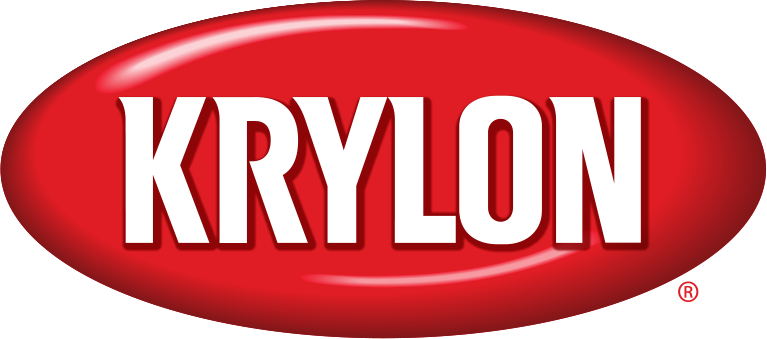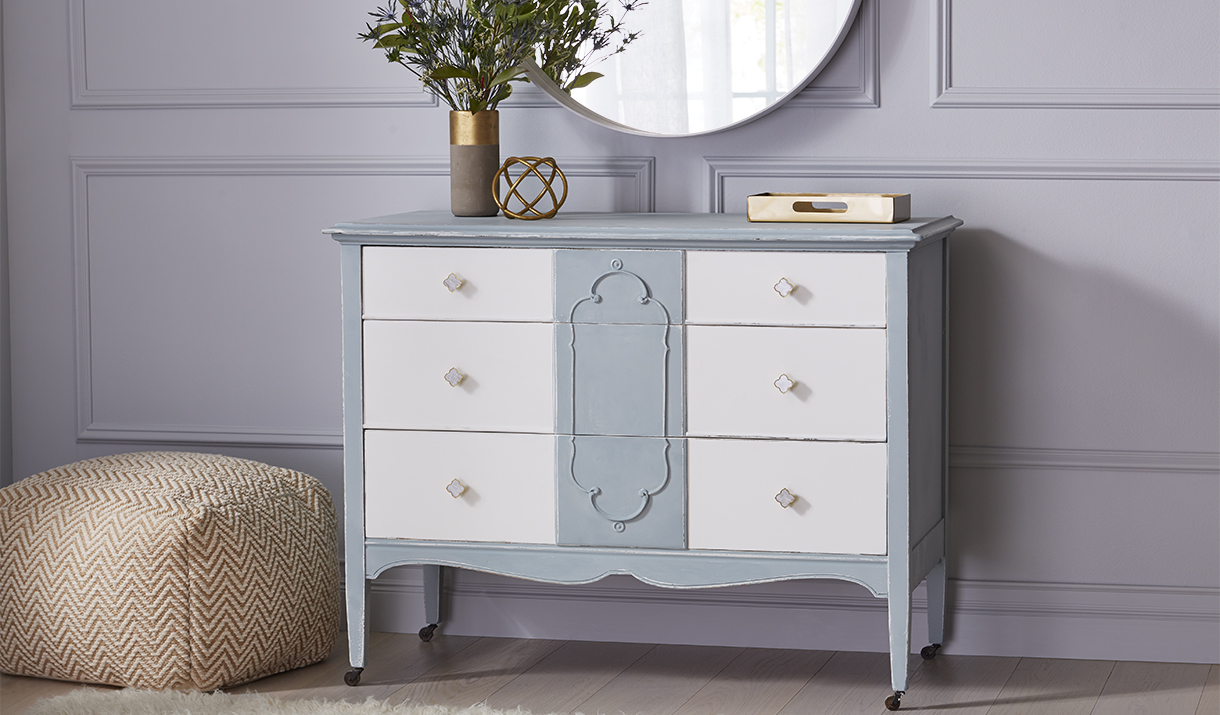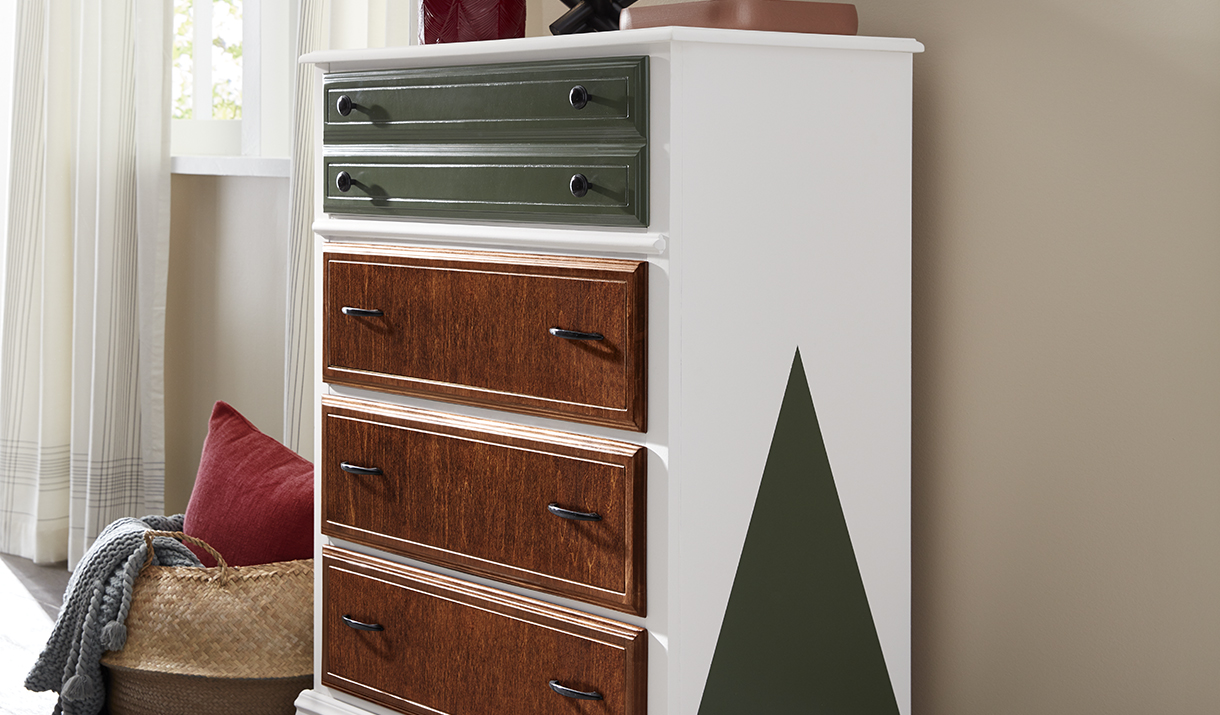
How to Spray Paint Furniture

How to Spray Paint Furniture
Choosing Furniture Spray Paint
First, determine the type of finish you’d like your project to have.

Krylon Fusion All-In-One
Krylon® Fusion All-In-One® is compatible with nearly any surface, even plastic and ready-to-assemble furniture—no sanding or priming needed. It also provides maximum rust protection on metal furniture like outdoor tables or chairs. If refreshing old hardware, consider a metallic finish to achieve a brilliant shine.

Chalky Finish Paint
Chalky Finish Paint delivers a smooth, chalky finish that can easily be distressed to create a unique look on wood, metal, plastic, laminate, wicker, ceramic or glass surfaces. For a vintage appearance, add a layer of antiquing wax over the paint and seal each project with our Clear Sealing Wax for lasting durability.



